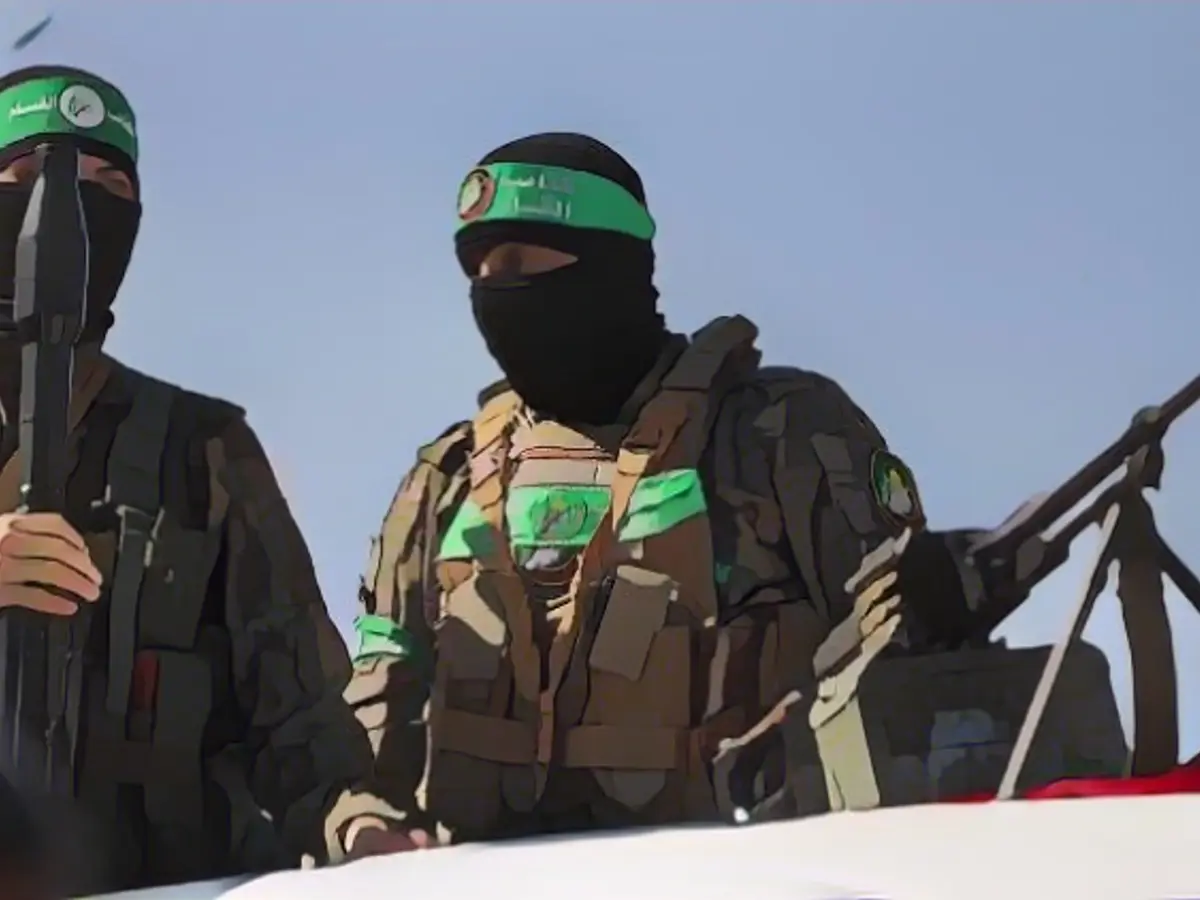Title: Challenges Facing Hamas in Gaza: Controversial Claims and Resilience
Israeli Defense Minister Yoav Gallant’s claim that Hamas has "lost control" in the Gaza Strip has sparked controversy, with the media reporting major blows to Hamas troops and several battalions being leaderless. However, a closer look at the situation reveals a more complex picture.
Five weeks into the Gaza war, Hamas fighters were reportedly fleeing to the south of the Palestinian territory, and civilians were looting Hamas bases. Gallant stated this in a broadcast, claiming that the civilian population had lost confidence in the Hamas government in Gaza. Nevertheless, Israeli media sources suggested that Hamas troops had suffered "major blows" but remained operational, with 24 battalions divided before the war.
Humanitarian conditions in Gaza are dire. UNRWA warned of a complete collapse of supplies within 48 hours due to a lack of fuel. The UNRWA chief in Gaza, Thomas White, noted that water supply workers had already stopped operating due to fuel scarcity, leaving 200,000 people without drinking water. Meanwhile, Al-Shaifa Hospital, the largest clinic in Gaza, was facing inhumane conditions with no electricity, water, or food. Around 600 patients and thousands of refugees were seeking refuge in the hospital amidst intense fighting around the complex.
Israel accused Hamas of using Al-Shaifa Hospital as a military base, a claim Hamas denies. However, the Al-Kuds hospital also reported a shutdown due to fuel scarcity, and Hamas authorities reported a forced evacuation of two children's hospitals, leaving sick children without treatment on the streets.
The Israeli army vowed to continue raiding and targeting terrorist infrastructure in civilian areas, including schools and mosques. Soldiers found a large quantity of explosives and weapons in the Abu Bakr mosque, among other finds during their raids.
Yet, several sources contradict Gallant's claim that Hamas has "lost control" in Gaza. Images showed Hamas fighters organizing military parades in southern Gaza, highlighting the resilience of the group's military structure. Hamas's grassroots support from the local population continues to provide it with essential resources, maintaining its popular mandate. Although the conflict has resulted in widespread destruction and loss of life, Hamas continues to operate effectively.
Furthermore, the ceasefire has allowed Hamas to reassert its control in Gaza, strengthening its grip on the territory. International criticisms and observations also suggest that Israel's attempts to impose military control over Gaza have failed, with Hamas's leadership, especially the Al-Qassam Brigades, continuing to operate effectively.
In conclusion, while Gallant's claim that Hamas has "lost control" in Gaza may have gained media attention, the situation on the ground is more nuanced. Despite major challenges and Israeli military operations, Hamas continues to maintain control and resilience in the Gaza Strip, with the support of its local population.








